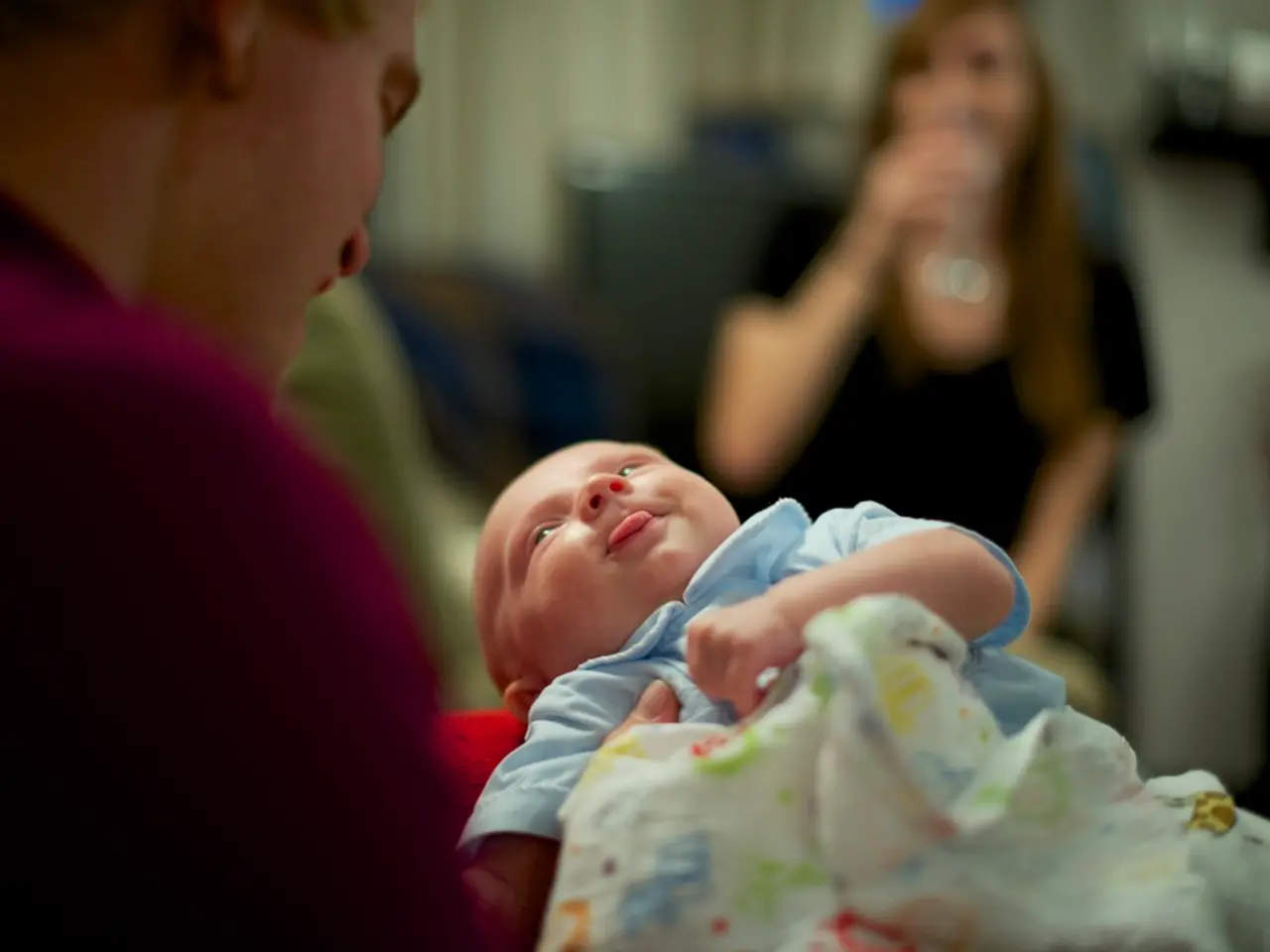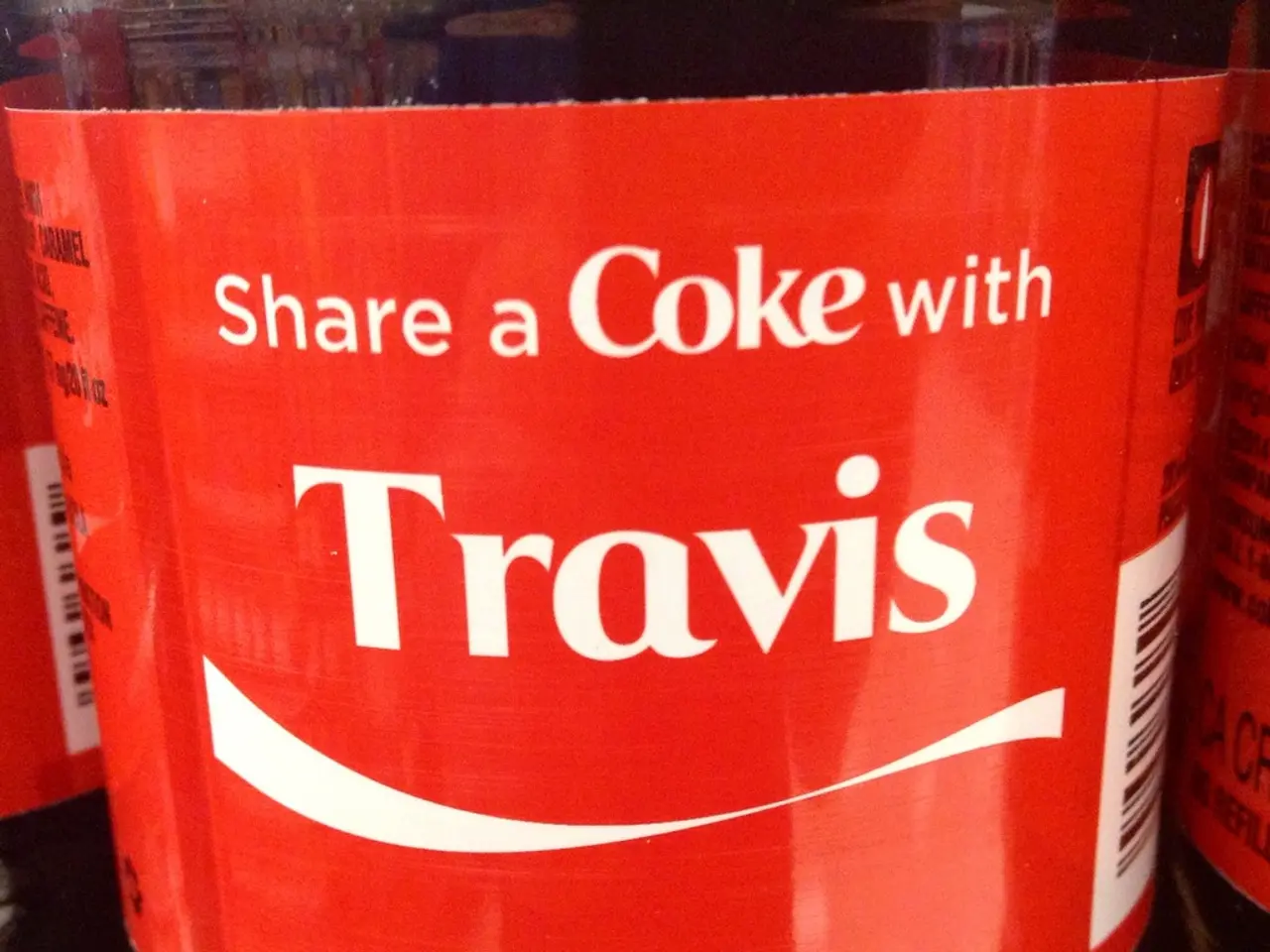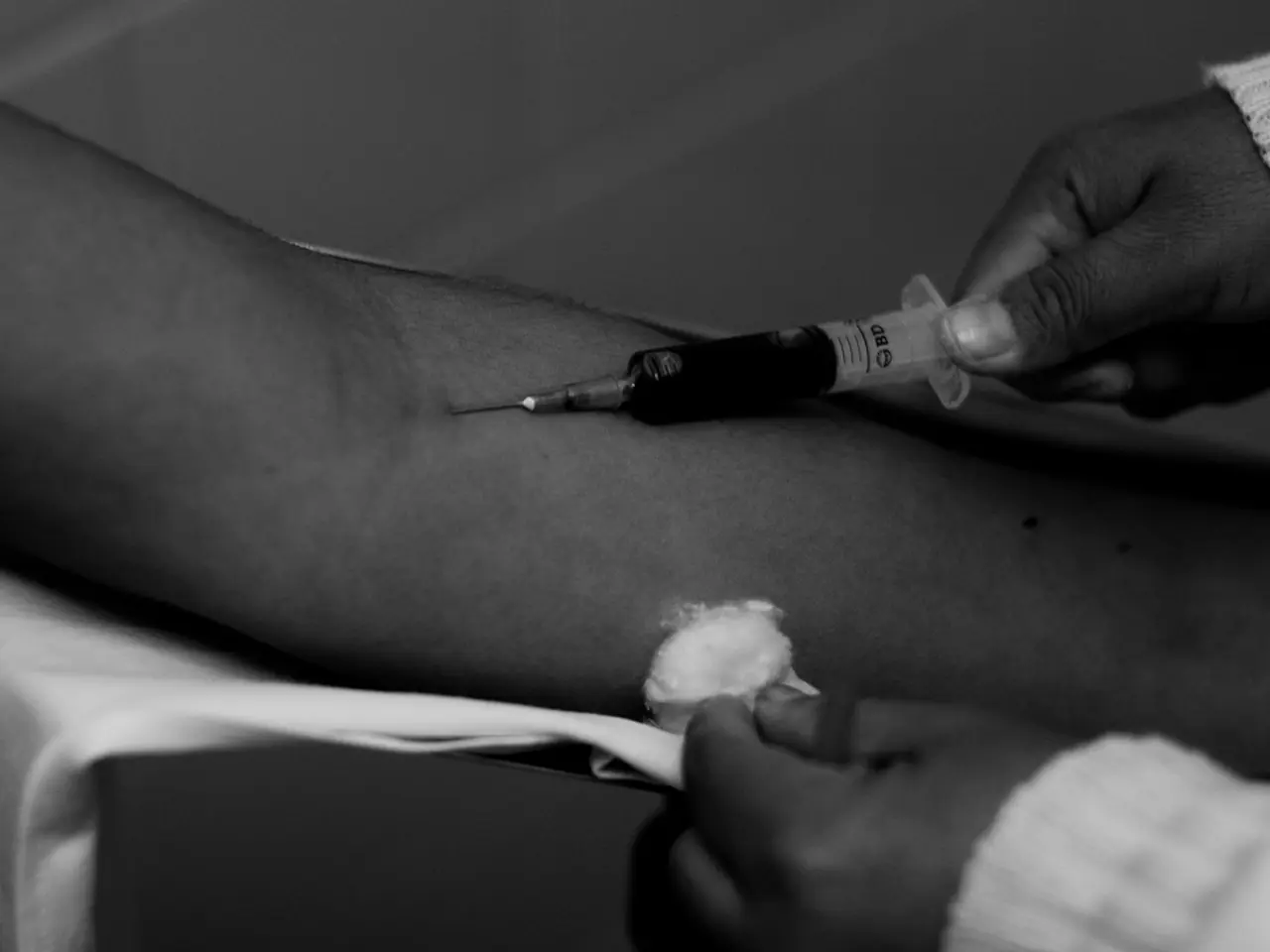"Relentless benefactors, tenuous legislation: Europe pursues the 'top-tier sperm donor'"
In Europe, the demand for male gametes, commonly known as sperm, is on the rise. This surge is driven by infertile couples, single women, and same-sex couples seeking to start families. Some international sperm banks, located in countries with less restrictive norms, such as Denmark and Spain, are meeting this demand. However, this trend has raised ethical questions and concerns about the potential proliferation of a single "super sperm donor."
The existence of the "super sperm donor" has strained healthcare systems, as he has fathered dozens to hundreds of children in different countries. This phenomenon is a growing concern in Europe, particularly in countries like Italy, where the maximum number of children conceived by the same sperm donor is set at 10.
Reproductive medicine has become a crucial part of demographic and healthcare policies in aging Europe. However, the lack of a European-wide registry or cross-tracking system for sperm donors significantly impacts the potential proliferation of children by the same donor in different countries. Without a unified database, it is challenging to monitor and limit how many children are conceived from one donor across national borders, increasing the risk that a single donor could father many offspring unknowingly in multiple countries.
This can raise concerns about accidental consanguinity (inbreeding) within populations and complicates legal and ethical oversight of donor contributions. Currently, individual countries often regulate sperm donation limits domestically, but these laws typically apply only within that country’s fertility clinics and do not coordinate internationally.
For instance, Germany caps donors at 15 children, while New Zealand limits donors to 10 children overall or across families. However, in the absence of a transnational system, a donor could donate in multiple countries, each applying its own limits, leading to far more offspring than intended or legislated.
Some countries maintain national registries that track donor offspring numbers to prevent exceeding limits domestically. The Netherlands, for example, uses a Donor Data Registry Foundation for this purpose. Spain’s regulation of egg donation includes a centralized national registry (SIRHA) that limits donation cycles and resultant births, showing how registries can effectively enforce limits when implemented. However, these systems are limited to domestic use.
In Italy, where the law on reproductive medicine does not provide for international cooperation, there is no national registry tracking sperm donations. Crucially, there is no control over imported gametes in Italy. As a result, the country imports most of its sperm from foreign banks, particularly Danish and Spanish ones. Without a centralized database, the risk of genetic overexposure increases exponentially in Italy.
The absence of coordinated tracking across Europe means clinics cannot verify if a donor has reached his offspring limits abroad, which increases the risk of donor "superproliferation." This can affect offspring diversity, raise ethical concerns, and complicate future contact or medical history disclosure to donor-conceived children.
In conclusion, the lack of a European registry or cross-tracking system allows the same sperm donor to contribute to many more births across borders than intended by individual countries' laws, increasing the number of half-siblings unknowingly born and the associated societal and genetic risks. It is essential to establish a unified database to ensure the ethical and responsible use of sperm donation in Europe.
- In the absence of a European-wide registry or cross-tracking system for sperm donors, it's difficult to monitor and prevent a single donor from fathering many offspring in various countries, potentially leading to concerns about accidental consanguinity and complexities in legal and ethical oversight.
- The current lack of coordinated tracking across Europe means that clinics cannot verify if a donor has reached his offspring limits in other countries, which can increase the risks associated with donor "superproliferation," affecting offspring diversity, raising ethical concerns, and potentially complicating future contact or medical history disclosure for donor-conceived children.




